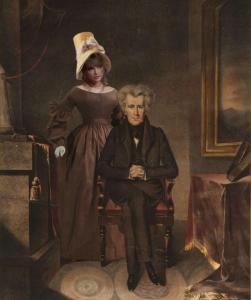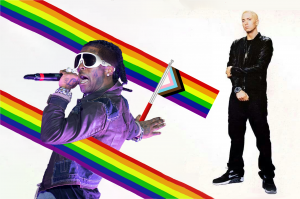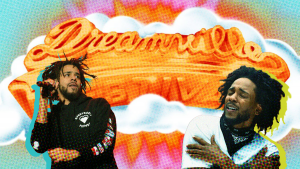The humble beginning, the twists and turns of the middle and the epic conclusion are all standard when it comes to structuring a story.
Specific tropes and story components have been clearly defined, notably by writer Joseph Campbell in his book “The Hero with a Thousand Faces.” The book deals with the concept of the hero’s journey in the form of the monomyth in which the hero goes on an adventure, completes a quest and returns home to implore knowledge among others.
However, as with any medium, especially film, there are those who deconstruct and shrug off such ideas and fit no mold before them. The 2021 film “The Green Knight” is a recent example of storytelling that has tried to take a different path.
For example, a protagonist could be a daring man or woman who saves others or one who descends into crime and villainy.
To see where the trope has deviated, however, it helps to look at the book that has shaped writers and directors into creating the blockbusters like “Star Wars” as well as recent films like “Dune” and “The Northman.”
“The Northman” stars Alexander Skarsgård as Amleth, a young boy who witnesses tragedy and goes to exact his revenge. Various obstacles arise that change him and his views which are realized by the end.
This film does not reinvent the structure at all; instead, it embraces it with Amleth’s revenge being the call to adventure and his enemy’s whereabouts given to him, displaying the threshold for where his life takes another turn.
“The Green Knight” values the reality of characters not drastically changing even when their circumstances do. There are plenty of points and insights to be made out of that unchanging stubbornness. But at the end of the film, an apparent change springs out of the main character’s display of courage, which contradicts the deconstructive elements.
Here is where the movie carries out Campbell’s structure and subverts it. The subversion serves as a grim reminder of what should be taken away from any story.
The chief message is that humans ultimately decide who they are and how they can amend their mistakes. There is not always an outside force that pushes us toward what we want or desire. To live up to any story’s message, a person has to account for their own circumstances and challenges. Oftentimes, people experience periods of suffering and defeat as consequences of their own decisions.




